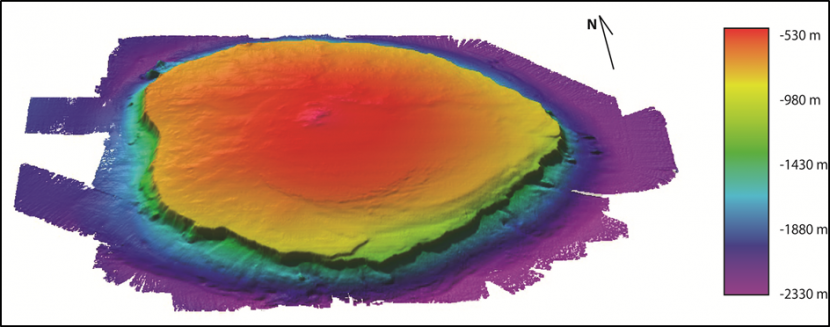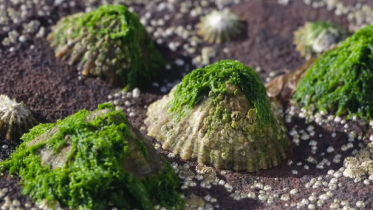Seamounts
Introduction
Seamounts are large undersea features that rise at least 100m above the seabed yet do not reach the surface. Seamounts tend to be of volcanic origin and are mostly conical or elliptical in shape. There are three seamounts in Scottish waters, the Rosemary Bank, Anton Dohrn and the Hebrides Terrace, all of which are found in the Rockall Trough to the far west of Scotland.
Special Features
Seamounts have long been known for their high biodiversity. This is due to their large size and shape which creates turbulence as water currents flow over and around them. This dynamic movement of nutrient-rich water encourages the growth of plankton, which in turn attracts fish and other marine predators to the area.

Threats
Due to their high biodiversity the three seamounts in Scottish waters are well-known as productive fishing areas. Regularly attracting boats from France, Germany and Spain, fishing activity can be relatively high and potentially damaging to the deep sea communities living on and above the seamount.
Protection
The inclusion of seamounts within MPAs offers protection to a unique range of habitat-forming communities, including cold-water corals and deep sea sponges and the biodiversity they support.





